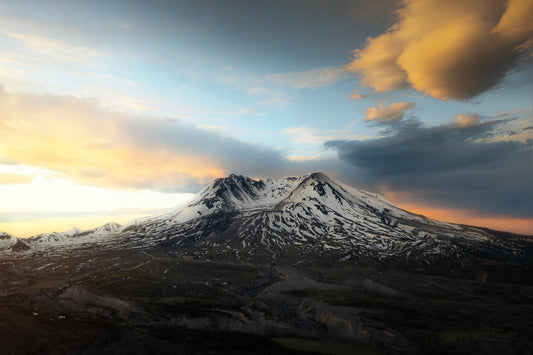Understanding the relationship between aperture and depth of field is essential for photographers seeking creative control over their images. Here's a comprehensive exploration of how aperture influences depth of field:
Aperture Basics
- Aperture refers to the opening in the lens through which light enters the camera. It is measured in f-stops, with smaller f-stop numbers indicating larger apertures (wide openings) and larger f-stop numbers indicating smaller apertures (narrow openings).
- The aperture setting not only regulates the amount of light entering the camera but also dictates the depth of field in the resulting image. This means that adjusting the aperture allows photographers to control how much of the scene appears sharp and in focus.
Wide Aperture (Small f-stop)
- Using a wide aperture, such as f/1.8 or f/2.8, results in a shallow depth of field. In other words, only a small portion of the image, typically the subject, is sharply focused, while the background and foreground blur into a creamy bokeh.
- Wide apertures are commonly employed in portrait photography to isolate the subject from distracting backgrounds, create a sense of intimacy, and evoke a dreamy, cinematic atmosphere. They also excel in low-light conditions, allowing photographers to maintain faster shutter speeds without compromising image quality.
Narrow Aperture (Large f-stop)
- Conversely, selecting a narrow aperture, such as f/11 or f/16, increases depth of field, resulting in more of the scene being sharply focused from foreground to background.
- Narrow apertures are favored by landscape photographers who aim to capture intricate details throughout the frame, from the closest foreground elements to the distant horizon. By maximizing depth of field, photographers can convey the vastness and grandeur of expansive landscapes, inviting viewers to explore the scene in its entirety.
Aperture Priority Mode
- Many cameras offer an Aperture Priority (A or Av) mode, which allows photographers to set the desired aperture while the camera automatically adjusts the shutter speed for proper exposure. This mode is particularly useful when precise control over depth of field is paramount.
- By selecting the desired aperture based on creative intent, photographers can confidently capture images with the desired balance between sharpness and background blur, without worrying about exposure settings.
Creative Experimentation
- Understanding the impact of aperture on depth of field empowers photographers to experiment creatively with their compositions. By varying the aperture settings, photographers can achieve different visual effects and convey distinct moods and emotions within their images.
- Whether aiming to isolate a subject with shallow depth of field or showcase the full breadth of a landscape with deep depth of field, mastering aperture control opens up endless possibilities for artistic expression.
By mastering the principles of aperture and its influence on depth of field, photographers gain a powerful tool for shaping the visual narrative of their images. Whether capturing intimate portraits, sweeping landscapes, or dynamic street scenes, understanding how aperture selection affects depth of field enables photographers to convey their unique perspective with clarity, depth, and impact.







